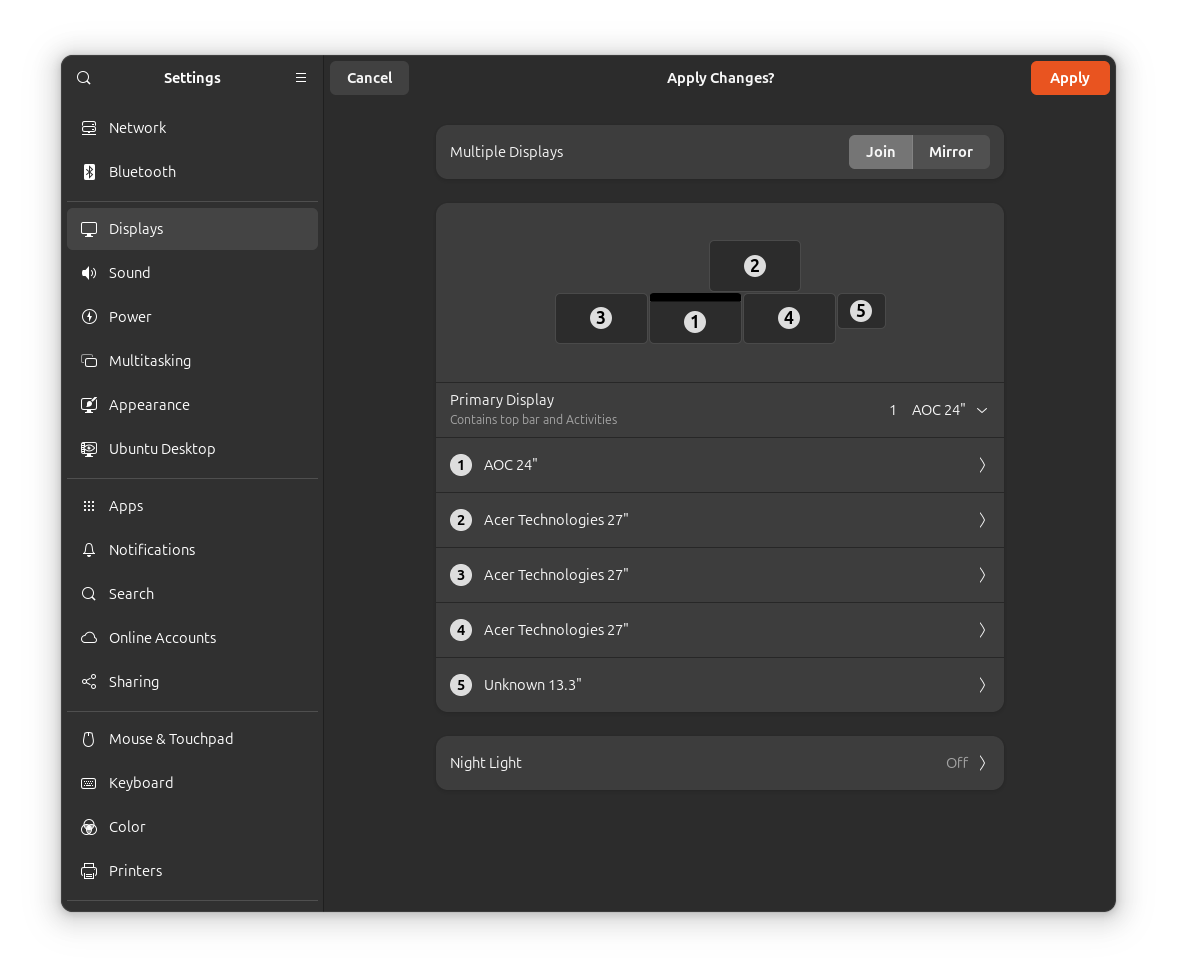https://www.matteralpha.com/frequently-asked-questions/complete-list-thread-border-routers
Echo (4th Gen)
Echo Show 8 (3rd Gen)
Echo Hub
Echo Studio
Echo Studio (2nd Gen)
Echo Plus (2nd Gen)
Echo Show 10 (3rd Gen)
Eero Beacon
Eero Pro
Eero 6
Eero 6+
Eero Pro 6
Eero Pro 6E
Eero PoE 6
Eero PoE Gateway
Eero Max 7











The fourth-gen Echo smart speaker is now a Thread border router,
https://www.theverge.com/2023/5/2/23707900/amazon-matter-smart-home-thread-support